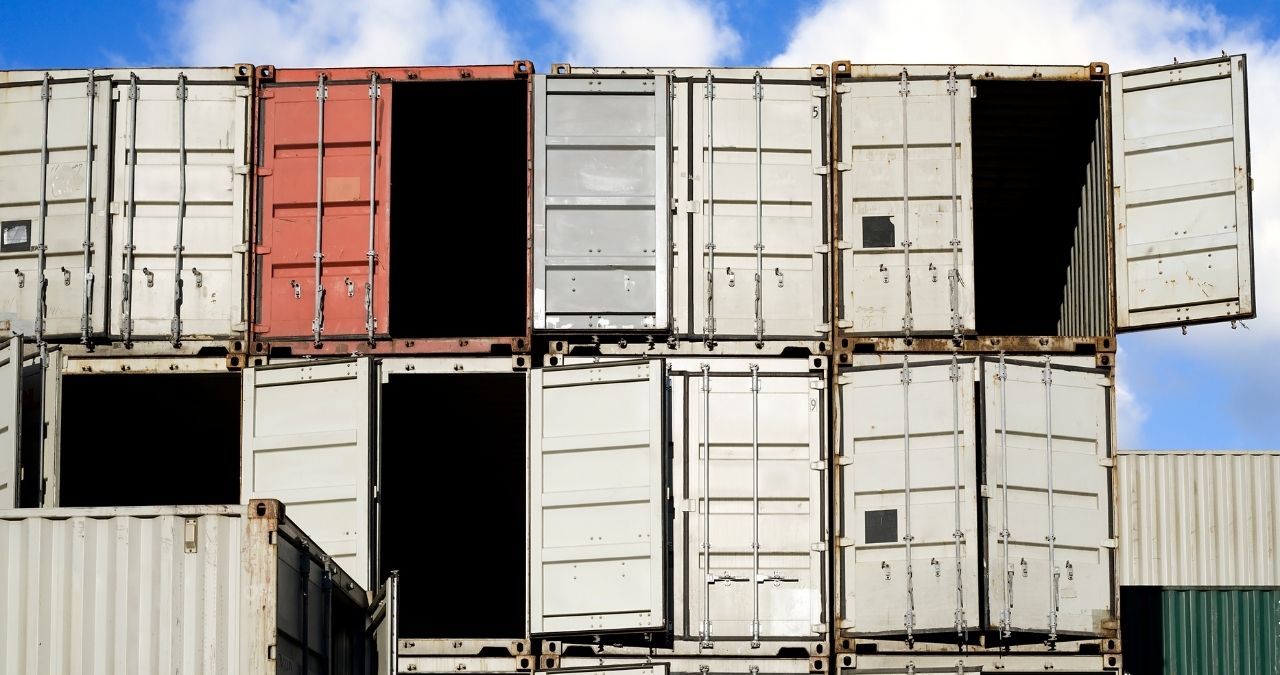
It’s difficult to put a definitive number on cargo theft. However, to give a sense of the scale of the problem, consumable goods worth around $3.96 million were stolen from US freighters in 2020. Only around $315,000 of these stolen goods were recovered. In addition, $3.62 million in medical equipment was stolen in 2020. Fortunately, companies were able to recover $2.66 million of medical equipment. As you can see, cargo theft is quite common, and is on the rise, being at a five-year high. In this article, we will discuss how cargo theft happens and ways you can prevent it from happening.
How Common Is Cargo Theft?
The Stats
Monitoring company Sensitech’s 2020 annual report shows theft from trucks was at a five-year high. In 2020, over 870 cargo thefts were reported. The average cost of goods stolen per incident was around $166,000.
2020 Cargo Thefts by Quarter
- Q1 – 222
- Q2 – 230
- Q3 – 185
- Q4 – 233
Sensitech reports that these numbers reflect a 23 percent hike in the number of thefts and a 41 percent increase in the dollar value of goods stolen. April 2020 was the worst month for thefts with 11 percent of the total number of incidents. A geographic breakdown shows that three states were hit the hardest. Of all the reported incidents, 20 percent took place in California, 18 percent in Texas, and 10 percent in Florida.
How Theft Happens
Theft occurs all along the global supply chain, from the point of manufacture, when loading, in transit, and during off-loading. Pilferage, stealing things of little value, is more commonplace than the theft of full truck loads. Although some theft may be opportunistic, most theives organize cargo theft missions.
Pilferage/Leakage
While full loads of trucks are being stolen, it is more common for parts of loads to be stolen for products in short supply. In 2020, 43 percent of thefts were a result of pilferage. The most common products for thieves to target were high demand pandemic items such as personal protective equipment, toilet paper, ventilators, and disinfectants.
Leakage is not always easy to detect. Sometimes thieves will steal whole boxes and other times they will open the boxes, steal the goods, and then reseal the boxes. Thieves are able to cover up theft from shipping containers by tampering with the locks and replacing the seals.
Dishonest Drivers
Sadly, some drivers actively participate in pilfering by staging break-ins and hijackings. They also collude with employees at pickups and drop-offs. Furthermore, fictitious drivers turn up at container depots with fake paperwork and drive off with loads.
Hijackings
Trucks and trailers are most vulnerable when they are not moving. Trucks are stolen and broken into at truck stops, during coerced stops, and at highway on and off-ramps where trucks must come to a halt. It is not uncommon for thieves to evict drivers from their truck at gun point.
Prevention
Technology plays a major role in preventing cargo theft. Trucking companies keep their trucks and trailers under surveillance through the use of GPS tracking. Also, truck stops have begun heightening security and installing more CCTV cameras. Many warehouses and distribution facilities are taking the same precautionary measures. However, there’s no limit to human ingenuity. Where there’s a will, there’s a way. Staying ahead of the curve with a designated security and surveillance team can help keep your fleet of trucks safe from cargo thieves.
Additional Information: FBI Cargo Theft Data
Nebraska Warehouse One-Stop-Shop | Technology Enabled 3PL Value-Added Services Warehouse | Freight Broker | Logistics
Nebraska Warehouse doesn’t just help to facilitate your shipments, but we are truly a one-stop-shop solutions provider. Our services include:
-
- Professional Storage Development and Management
- Quality controlled Environment
- Responsive, Personal Customer Service
- Reasonable Price
- Real Estate Development and Management
- LTL & FTL Shipping
- Refrigerated Trucking & Storage
- E-Technology Software
- Transportation Freight
- Dedicated Contract Warehousing
- 3PL Public Warehousing
- 3PL Specifications
